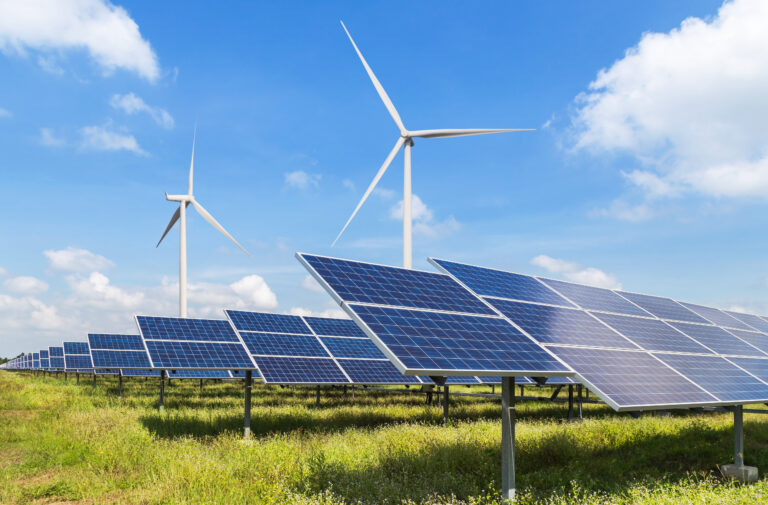Why Tornado Speeds Vary So Much
Tornadoes are among nature’s most unpredictable forces, and their speed can range from rapid and destructive to slow and meandering. While some twisters tear across the landscape at highway speeds, others move at a much slower pace, causing destruction over a prolonged period. The speed of a tornado depends on several factors, including the strength of the storm system, wind patterns, and the terrain it encounters.
Fast-Moving Tornadoes: The Highway Runners
Some of the most dangerous tornadoes travel at speeds exceeding 60 mph, moving as fast as a car on an interstate. These fast-moving twisters are particularly dangerous because they give residents little time to react. When storms move this quickly, warning times shrink, and those in the tornado’s path have only minutes to seek shelter. These rapid tornadoes often occur in strong storm systems with powerful jet streams that steer the tornado along at high speeds.
One of the most infamous examples of a fast-moving tornado was the 2013 El Reno tornado in Oklahoma. While it varied in speed, at its peak, it reached nearly 55 mph. This high speed, combined with its unpredictable path, made it extremely difficult for storm chasers and residents to track.
Slow-Moving Tornadoes: The Creeping Destroyers
On the opposite end of the spectrum, some tornadoes move at a mere 5 to 10 mph, creeping along at the pace of a brisk walk. While these slower tornadoes may seem less threatening, they can be just as devastating. Instead of rapidly sweeping through an area, slow-moving tornadoes linger, allowing winds to batter buildings and debris to swirl for extended periods. This prolonged exposure increases the potential for widespread destruction.
One example of a slower tornado was the 2011 Joplin, Missouri tornado, which moved at around 20 mph. While not the slowest on record, its relatively moderate pace allowed it to sustain catastrophic damage along a wide path. The longer a tornado stays over a location, the more time it has to tear apart homes, businesses, and infrastructure.
What Determines a Tornado’s Speed?
The speed at which a tornado moves depends on its parent storm system. Tornadoes are guided by the movement of the larger thunderstorm, known as a supercell, that produces them. If the supercell is driven by strong upper-level winds, the tornado will likely move quickly. If the storm system is slower or caught in weaker steering currents, the tornado will move more sluggishly.
Terrain can also play a role. Tornadoes in open plains tend to move faster, while those in hilly or urban environments may slow down due to disruptions in wind flow.
Why Tornado Speed Matters
Understanding how fast a tornado is moving is critical for issuing timely warnings and preparing for impact. Faster tornadoes leave less time for people to take cover, making advanced warning systems essential. Slower tornadoes, while easier to track, can prolong damage and increase the risk of injuries from flying debris.
Meteorologists continue to refine forecasting methods to better predict tornado movement, helping improve warning systems and preparedness efforts. Whether a tornado moves at breakneck speeds or crawls along the landscape, knowing how to react quickly can make the difference between safety and disaster.


